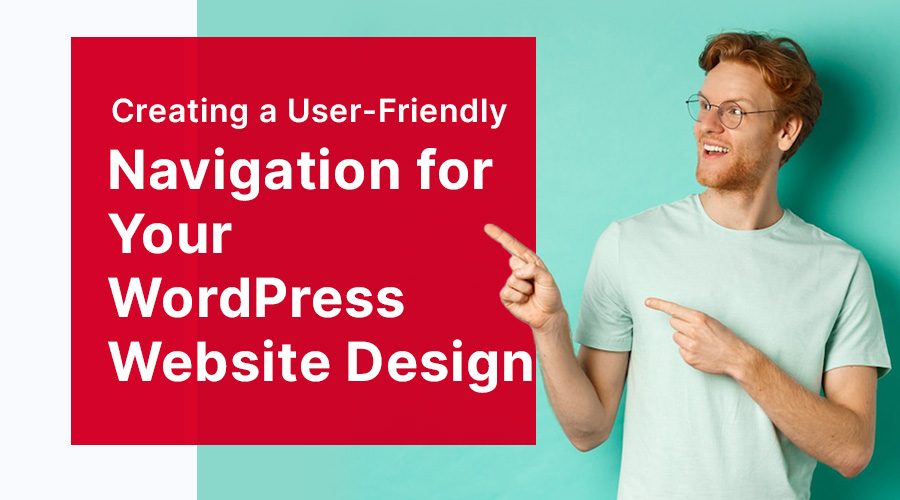Introduction
Have you ever visited a website and found yourself lost, not knowing where to go next? I bet you quickly hit the ‘back’ button. As website owners, we don’t want our visitors to experience that. In fact, we want the opposite. We want our visitors to feel comfortable, enjoy the exploration, and easily find what they’re looking for. That’s where a user-friendly navigation comes in. Over the next few paragraphs, we will dive into the art and science of creating a well-structured, intuitive, and friendly navigation for your WordPress website design. Buckle up and let’s make your website a pleasure to navigate!
Table of Contents
- Understanding User-Friendly Navigation
- The Importance of a Good Website Navigation
- Strategies for Creating User-Friendly Navigation
- WordPress Tools to Help You
- Optimizing Navigation for Mobile Users
Understanding User-Friendly Navigation
Think of your website as a city, and your navigation as its map. A well-structured navigation is like a city map that is easy to read and follow, leading visitors to their destinations smoothly and efficiently. On the other hand, a poorly designed navigation is like a confusing maze that frustrates visitors, causing them to leave. That’s definitely not what we want, right?
In the context of web design, user-friendly navigation is all about simplicity, intuitiveness, and consistency. The easier it is for visitors to find what they’re looking for, the better the user experience, and the more likely they are to stay, explore, and take action on your site. It’s a golden ticket to keeping visitors on your site longer, boosting engagement and conversions.
The Importance of a Good Website Navigation
So why is good navigation important? Remember the last time you went shopping at a big mall? How frustrated were you when you couldn’t find the store you were looking for? The same principle applies to websites. Visitors who can’t find what they’re looking for will simply leave. It’s that simple.
Good navigation impacts user experience, website performance, and SEO. It keeps visitors on your site longer, decreases bounce rate, and helps search engines understand your site’s structure. Not to mention, it can make or break your site’s success. So it’s not just about design; it’s about making your website more accessible and user-friendly.
Strategies for Creating User-Friendly Navigation
Now, let’s get down to business. How do we create user-friendly navigation? First, keep it simple. Less is more. You don’t need to have every single page in your main menu. Stick to the essential pages that your visitors are likely to look for.
Second, be consistent. Your menu should be in the same place on every page. Consistency fosters familiarity, and familiarity breeds comfort. It’s like visiting your favorite coffee shop and knowing exactly where to find the sugar and cream.
Lastly, make your menu items clear and descriptive. Avoid vague labels that can confuse visitors. Instead of “Services”, how about “Our Web Design Services”? That’s more specific, isn’t it?
WordPress Tools to Help You
With WordPress, creating a user-friendly navigation is a breeze. It offers various tools that can help you achieve this, such as custom menus, widgets, and plugins. A good example is the Max Mega Menu plugin, which allows you to create a mega menu with dropdowns, icons, and even widgets. It’s like having a GPS in your website’s city, guiding your visitors every step of the way.
Additionally, WordPress themes often come with multiple menu locations and designs, giving you flexibility and control over your site’s navigation. So go ahead, play around, and see what works best for your site.
Optimizing Navigation for Mobile Users
But wait, we’re not done yet! Remember that a significant number of your visitors will be accessing your site from their mobile devices. So it’s crucial to make sure your navigation is mobile-friendly. A responsive design is a must. It adjusts the layout based on the device’s screen size, ensuring a seamless experience for all users.
One common approach is the hamburger menu. It’s a neat way to tuck away the menu while keeping it accessible with a simple tap. Another approach is the sticky header, which keeps the menu visible as users scroll down the page. It’s like a trusty guide who’s always there when you need it.
Conclusion
Creating a user-friendly navigation is a crucial aspect of website design. It’s like crafting a helpful map for your visitors, guiding them through the vibrant city that is your website. And with WordPress, achieving this is easier than you might think.
At Webnobby, we understand the power of good navigation, and we’re here to help you create a site that’s not only beautiful but also user-friendly. After all, your website is more than just a digital space; it’s an experience, a journey, and we’re here to make it a delightful one for your visitors.


